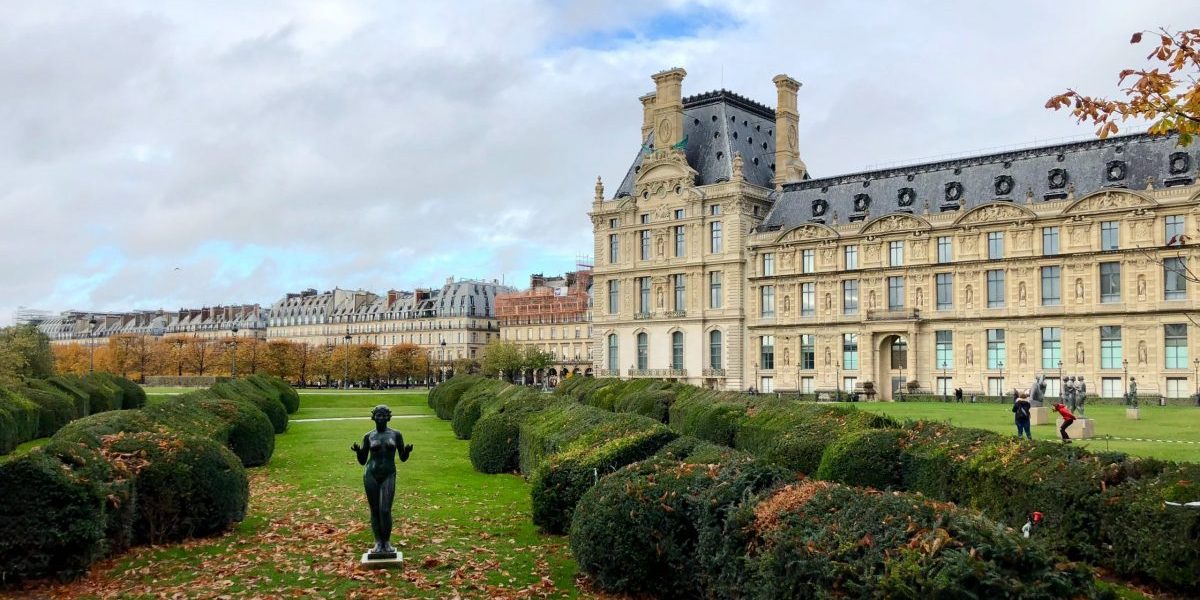On November 4, 2020, the day after the U.S. presidential election, President Donald Trump officially pulled the United States out of the global climate agreement known as the Paris Accord. The United States is the only country to have exited the pact, which President-elect Joe Biden vowed to reenter upon taking office in January.
The 195 countries that negotiated the nonbinding pact made commitments to reduce their greenhouse gas emissions and slow climate change. As one of the major negotiations in history, the Paris Accord stands out for its sheer size and complexity. We revisit the talks, held in late 2015 in a suburb outside of Paris, to show how careful planning brought order to a potentially chaotic situation.
Attention to Detail
Among the best examples of diplomacy from the negotiations, their lead planner, political scientist Laurence Tubiana, traveled the world in the 18 months leading up to the summit, negotiating for support for the conference and its mission from diplomats and academics. France’s elegant embassies held regular dinners and salons for key players, including business leaders, lawmakers, and journalists. The goal: to instill urgency and optimism that delegates could negotiate a meaningful climate agreement.
Beyond these diplomacy examples, Tubiana was just as detail-oriented when setting the scene for the conference. With typical French flair, she had work spaces in the airplane hangars and tents where the talks were held softened by table lamps, reports Coral Davenport in the New York Times. An on-site bakery churned out warm baguettes and croissants, the Financial Times reports, and at mealtimes the delegates were further softened up with sumptuous French cuisine. When they needed a break from marathon bargaining sessions, negotiators could nap in relaxation rooms and clear their minds in meditation rooms.
Brokers, not Advocates
The task of leading one of the major negotiations in history was the job of the conference’s cochairs: Daniel Reifsnyder of the U.S. Department of State, representing the developed world, and Algerian ambassador Ahmed Djoghlaf, representing the developing world.
The two shared an easy rapport honed over years of negotiating side by side at climate talks, Nell Greenfieldboyce reports for National Public Radio’s Morning Edition. They also had complementary skills needed for negotiation: Reifsnyder is known for his encyclopedic knowledge of the issues, while Djoghlaf is the “quintessential diplomat” and “extremely gifted and smooth,” according to Reifsnyder.”
Getting on the Same Page
In February 2015, nearly a year before the start of the Paris conference, Reifsnyder and Djoghlaf convened climate-change delegates in Geneva to create the first draft of a so-called negotiating text. “To build trust and goodwill,” according to Greenfieldboyce, delegates “could throw in any proposed text they wanted”.
Contributing to the negotiating text helps parties feel heard, launches them toward a final draft, and can be part of strategies to resolve conflict. Envisioning a trim final agreement, Djoghlaf and Reifsnyder held another round of meetings in June to make cuts. The group managed to cut only five pages, but the meetings built trust in Reifsnyder and Djoghlaf, whom the representatives entrusted to cut additional text on their own.
In October, the cochairs released a 20-page draft, which many observers praised for prioritizing key issues, as a starting point for the Paris talks. And by the time talks convened in Paris, all but 12 of the 196 participating countries had submitted their own national climate plans.
A Carefully Set Table in France
The highly orchestrated planning fostered an “optimistic and collegial mood” in Paris, according to the New York Times—and, ultimately, an agreement. Whether you’re orchestrating one of the major negotiations in history or multiparty talks within your organization, the following negotiation skills and strategies from the Paris talks may help:
Don’t overlook the environment. Even when we’re working on a tight budget, small but significant choices can promote calm and collegial bargaining. Holding get-to-know-you meetings (even via video) with members of various negotiating teams, for example, can build goodwill.
Do choose leaders who model collegiality. Have each side choose a representative with a proven track record for evenhandedness and collaboration, then have these representatives lead the negotiating process jointly. Ideally, their cooperative spirit will rub off at the bargaining table.
Do consider a draft text. When negotiators work together on a draft text, they literally get on the same page from the start, writes Tufts University professor Jeswald Salacuse in his book Negotiating Life: Secrets for Everyday Diplomacy and Deal Making (Palgrave Macmillan, 2013). This collaborative process can improve their odds of finding common ground as compared with simply exchanging a series of proposals.
What have you learned from other major negotiations in history?
